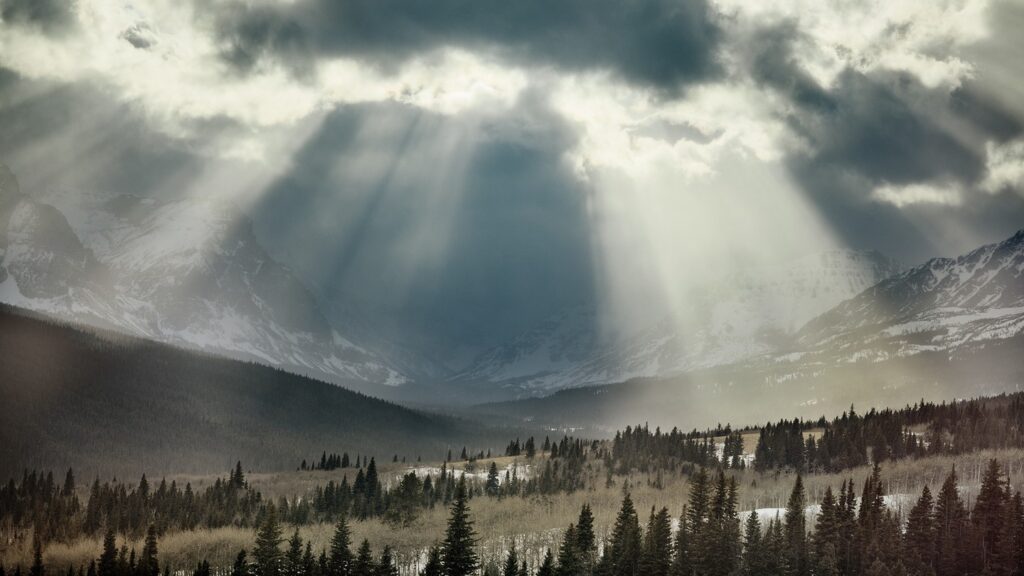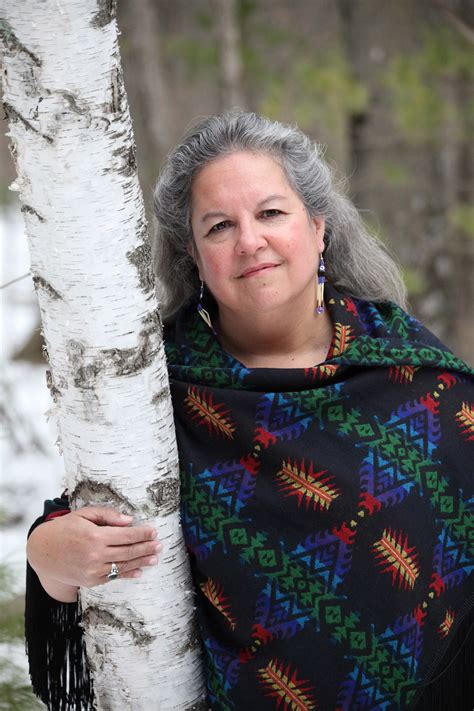Return the National Parks to the Tribes

Motivated by this interesting proposal of David Treuer, here are my thoughts on indigenous cultures.
What we may see is a comeback of a way of seeing Nature not too dissimilar from that which was already present in indigenous cultures and has been branded ‘primitive’ by a purely technological culture of ‘progress’. It is a conception of Nature from which the environmental movements, which are too fixed on a scientific and technological revolution of the ecological crisis, may have much to learn.
For example, in the native American culture, there is no disconnection between humans and the land or between natural phenomena and life. Humans are seen as part of Nature, not something separate from it. In their philosophical system persists a relationship with the places, deep regard for the cycles of Nature, while natural phenomena are seen not from an exclusively mechanistic standpoint but as the expression of a Consciousness. Mother Nature is not an object but a sacred and unifying spiritual Entity–an Earth-Goddess of creation–whose power runs through all living beings and non-living places. Several indigenous tribes still nurture a sense of responsibility for the safeguard of the environmental resources which, in their view, should not be owned or privatized by the few to the detriment of the many. Nature’s balance must be kept because she is a Spirit that we need and that can teach us. It is a sustainable culture and a spiritual ecology that values biodiversity and inclusion in a system of reciprocity in which we are not seen as isolated beings that can take from the land without allowing for regeneration. It is a cultural and spiritual connectedness with the environment meant to protect future generations. Despite the various attempts to eradicate their culture, they still hold a connection to the land and a sense of unity with Earth and Nature.
Their animistic worldview–which sees in landscapes, trees, plants, and all-natural phenomena an indwelling spirit, with unique powers, characters, and personalities that speak to us–may look like an obsolete and superstitious belief system. But how much does this perspective differ from the modern biologist speaking of an indwelling intelligence in plants and cells? How far is this animistic faith from the contemporary philosophy of science that returns to a panpsychist or cosmopsychist view? How different is the indigenous idea of a symbiotic interconnectedness between humans and the natural environment where everything is related to everything else from a ‘Gaia theory’ that conceives of Earth as a synergistic, self-regulating, and complex system?
An example of the wisdom of native American peoples that unites the analytic perspective with a spiritual connection of humans with Nature could be that of the figure of the native American Professor of environmental and forest biology Robin Wall Kimmerer. Her leitmotivs are ethical, moral, and spiritual principles of sustainability and reciprocity as inescapable ingredients necessary to regain respect, harmony, and balance with Nature. People and the environment are not seen as two separate entities but as a whole in which both live a mutually beneficial relationship. Humans feel as separate from Nature and are primarily busy taking without giving in return. It is this disparity that native American sustainability practices can heal. Sustainability through reciprocity will determine the shift in consciousness beyond a purely technocratic understanding of the environment and towards a more comprehensive view of our mutual relationship with the planet. An inner contact and heart-centered worldview of indigenous agricultural practices as an act of kindness where one does not only take but also give back resources to the land and acknowledges the mutually beneficial interconnectedness of all life. A system of values and wisdom that should be passed to the next generation. Something that our contemporary parenthood, immersed in an exploitative culture and economy, doesn’t care much about.
At any rate, without falling into the temptation of romanticizing indigenous cultures we contend that it may well turn out that history will flip destiny upside-down. It is the scientific mind based on a reductionist and anthropocentric analytic way of seeing Nature, together with a rapacious capitalist consumerist society that sees the environment and its natural resources as an object to exploit, which will turn out to be the primitive and barbaric ones. Meanwhile, the millennia-old traditional indigenous spiritual ecology and its local economics with a non-anthropocentric environmental culture are based on principles of sacredness as part of more integral philosophy and spirituality, revealing itself as the path towards a future of real progress.
Why, then, did this ancient wisdom fall apart and become almost forgotten? This wisdom wasn’t about romantic ideals of Nature. Everything indicates that the Goethean way of seeing, the heart-based perception of life, and the indigenous connectedness to the land are just a few remnants of a lost state of consciousness. It was a completely different state of being and perceiving Nature and reality which went beyond an intellectual understanding or a refined emotional feeling.
There are good reasons to conjecture that it once was a common state of awareness that already went beyond the present human cognitive abilities but was lost and left behind along the path of the evolutionary process and of which the indigenous culture retains only a fragmentary but vivid remembrance. There may have been a prehistoric age when humanity effectively lived in a perfect state of harmony with Nature and itself, having acquired a higher and non-mental spiritual consciousness. From anthropological studies, we know of rare but still existent indigenous groups with an egalitarian, non-patriarchal, and decentralized social structure without competition, leaders, hierarchies or disparity of wealth. That’s how we humans must have been for 95% of our time on the planet before agriculture came along. Perhaps precisely because this spiritual awareness lacked a full development of the mental pole, a relapse was necessary. Humanity had to learn other lessons before it would be able to synthesize spirit with mind and go beyond both–a relapse that may have been triggered 100,000 years ago when the last glacial period began and subjected a vast part of the prehistoric human community to the need for blank survival issues which couldn’t be dealt with other than by resorting to the skills of the mind. The species had to fall back to what might appear to us to be an inferior evolutionary step but one that was necessary to recover what it left behind. The biology and the brain of the species were fully developed, but the mental consciousness still didn’t shine through. Mind was not yet established and had to grow by defocusing from an inner spiritual life favoring an exteriorized and material consciousness to allow the mental component to emerge.
We are still in this evolutionary phase, but have come a long way and are almost ready for a further leap and achieving the great synthesis. This understanding of the human adventure of consciousness on this planet would plausibly explain that strange and particular human dichotomy where its most beautiful achievements coexist with its abysmal perversions.

